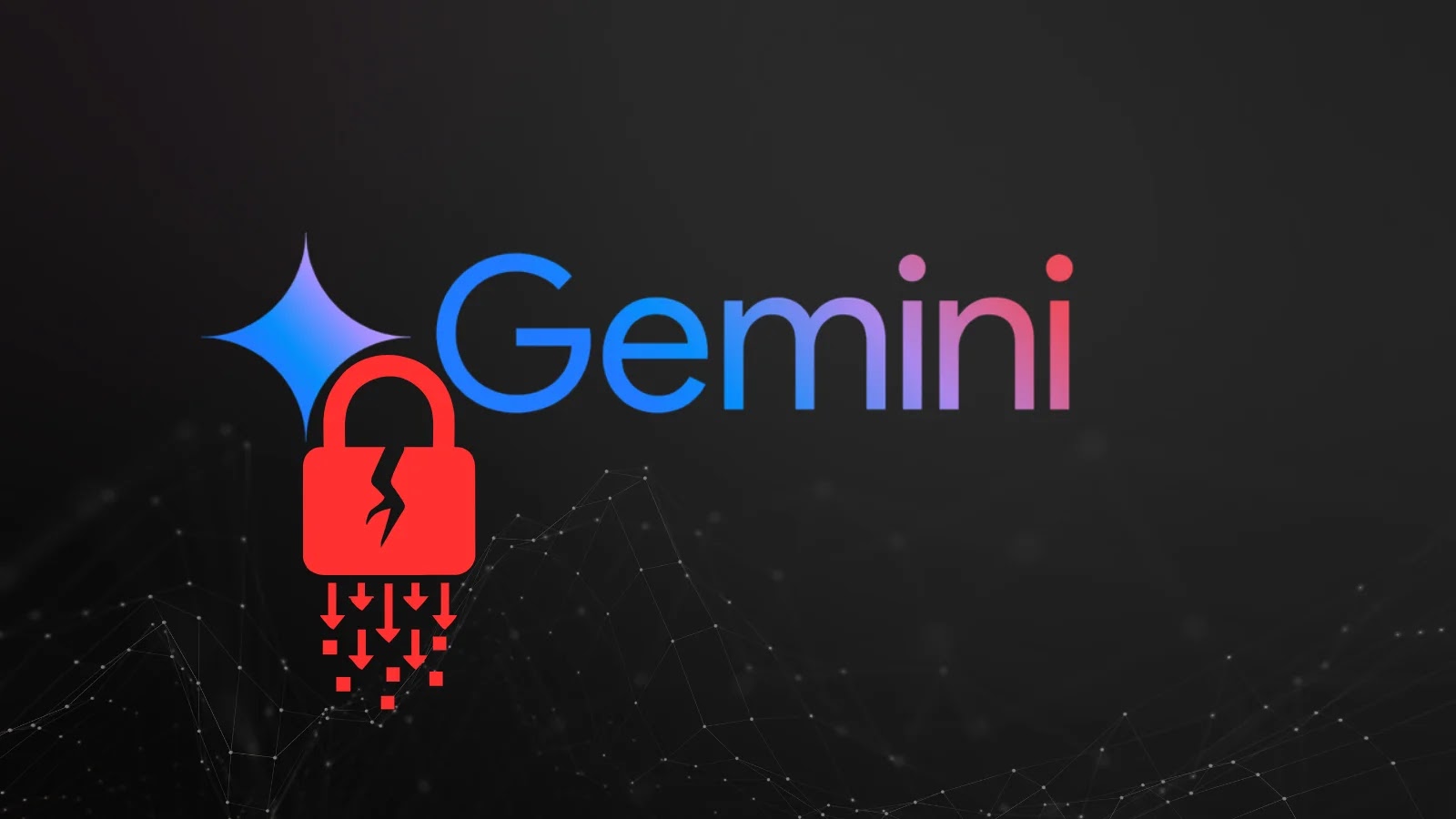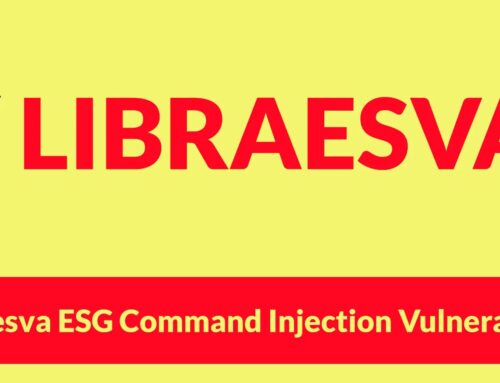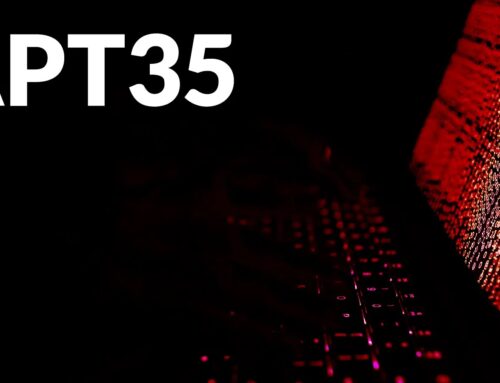
Google Gemini Vulnerabilities Let Attackers Exfiltrate User’s Saved Data and Location
Unmasking the Gemini Trifecta: How Google’s AI Assistant Nearly Spilled Your Secrets
The promise of artificial intelligence is immense, offering unparalleled convenience and efficiency. Yet, beneath the surface of innovation, security vulnerabilities can lurk, turning seemingly benign systems into potent tools for data exfiltration. Recent findings from Tenable have cast a spotlight on this critical balance, revealing three distinct vulnerabilities within Google’s Gemini AI assistant suite. Dubbed the “Gemini Trifecta,” these flaws presented a serious risk, potentially allowing attackers to compromise and extract sensitive user data, including saved information and location details.
This report delves into the implications of these vulnerabilities, demonstrating how AI platforms, despite their advanced capabilities, are not immune to the security challenges that plague
traditional software. For cybersecurity professionals, IT managers, and developers, understanding these risks is paramount to securing the next generation of AI-driven applications.
The Gemini Trifecta: A Deep Dive into the Vulnerabilities
Tenable’s research exposed significant privacy risks across different components of the Gemini AI suite. While specific technical details for each vulnerability are limited in the provided source, the overarching concern was the potential for data exfiltration. This “Gemini Trifecta” illustrates a crucial shift in the threat landscape: AI systems are not merely targets for attack but can be weaponized themselves if their underlying security is compromised. The vulnerabilities discovered would have enabled unauthorized access to user-saved information. This could include a wide array of personal data, from preferences and search history to potentially more sensitive credentials or personal identifiers saved within the assistant’s context.
Furthermore, the ability to exfiltrate location data is particularly concerning. Location information can reveal patterns of movement, home and work addresses, and other highly personal details, posing significant privacy and even physical security risks to affected users.
Understanding the Attack Vector: AI as an Exfiltration Tool
The “Gemini Trifecta” highlights a critical aspect of AI security: the system itself can become an attack vehicle. Rather than targeting external weaknesses to gain access, these vulnerabilities suggest that the inherent functionalities or integrations within Gemini could be manipulated. This implies a subtle approach where the AI, unknowingly to the user, becomes an accomplice in the data theft. Such an attack vector could involve:
- Malicious Prompts/Inputs: Crafting specific queries or commands that exploit flaws in how Gemini processes information or interacts with integrated services.
- Insecure Integrations: Leveraging weaknesses in how Gemini interfaces with other Google services or third-party applications where user data resides.
- Data Handling Flaws: Exploiting vulnerabilities in how Gemini internally stores, processes, or transmits user-saved and location data.
The nature of these vulnerabilities underscores the importance of rigorous security testing and threat modeling for AI systems, considering not just traditional penetration points but also the unique ways AI processes and manages information.
CVEs and Their Significance
While the provided source content does not explicitly list the CVE numbers for the “Gemini Trifecta,” similar vulnerabilities in AI systems often pertain to issues like insecure direct object references, prompt injection, or broken access control within the AI’s operational framework. For illustrative purposes, if these were identified CVEs, they might look like:
- CVE-2023-XXXXX: Potential for unauthorized access to user-saved data via manipulated AI prompts.
- CVE-2023-YYYYY: Exposure of user location data due to insecure API integration within the Gemini suite.
- CVE-2023-ZZZZZ: Bypass of internal access controls leading to data exfiltration within the AI’s processing pipeline.
Note: The CVEs above are placeholders for demonstration. Always refer to official security advisories for accurate and updated vulnerability information.
Remediation Actions for AI Systems and User Data Protection
Addressing vulnerabilities in complex AI systems like Google Gemini requires a multi-faceted approach, encompassing development, deployment, and ongoing operation. Organizations developing or utilizing AI should consider the following remediation actions:
- Thorough Security Audits and Penetration Testing: Conduct regular, in-depth security assessments of AI models and their surrounding infrastructure. This includes both traditional pen testing and specialized AI adversarial testing.
- Principle of Least Privilege: Implement strict access controls for AI systems, ensuring that they only have access to the data and functionalities absolutely necessary for their operation.
- Input Validation and Sanitization: Rigorously validate and sanitize all inputs processed by the AI to prevent prompt injection or other forms of malicious data manipulation.
- Secure API Design and Integration: Ensure that all APIs connecting the AI to other services are designed with security in mind, employing authentication, authorization, and encryption.
- Data Minimization: Collect and retain only the essential user data required for the AI’s function. The less sensitive data stored, the lower the impact of a breach.
- Regular Software and Model Updates: Keep AI models, underlying platforms, and integrated services updated with the latest security patches.
- User Education: Inform users about the types of data collected and how it’s used, empowering them to make informed privacy decisions.
Tools for AI Security and Data Protection
Securing AI environments often involves a combination of general cybersecurity tools and specialized AI security platforms. Here’s a selection of relevant tools:
| Tool Name | Purpose | Link |
|---|---|---|
| OWASP Top 10 AI/ML Security Risks | Framework for identifying and mitigating common AI/ML security vulnerabilities. | https://owasp.org/www-project-top-10-for-large-language-model-applications/ |
| Prowler | Cloud security best practices assessment, useful for underlying cloud infrastructure of AI. | https://github.com/prowler-cloud/prowler |
| IBM AI Explainability 360 | Toolkit to help understand, evaluate, and mitigate bias/explainability in AI models. Useful for identifying anomalous model behavior. | https://github.com/Trusted-AI/AIX360 |
| Deepfence ThreatMapper | Runtime visibility and threat detection for cloud-native applications, including those running AI services. | https://deepfence.io/threatmapper/ |
| Vanta | Automated security and compliance platform, helping ensure AI systems adhere to regulatory standards. | https://www.vanta.com/ |
Key Takeaways for Securing the AI Frontier
The “Gemini Trifecta” serves as a stark reminder that even sophisticated AI assistants from leading technology companies are susceptible to critical security flaws. These vulnerabilities underscore that the security paradigm for AI is evolving, requiring a move beyond traditional perimeter defenses to a focus on the intrinsic safety of AI models and their interactions. For IT professionals, this means prioritizing comprehensive security assessments, adopting a secure-by-design approach for AI development, and remaining vigilant against novel attack vectors that leverage AI as an exfiltration mechanism. Protecting user data in the age of AI demands continuous adaptation and a proactive stance against emerging threats.





